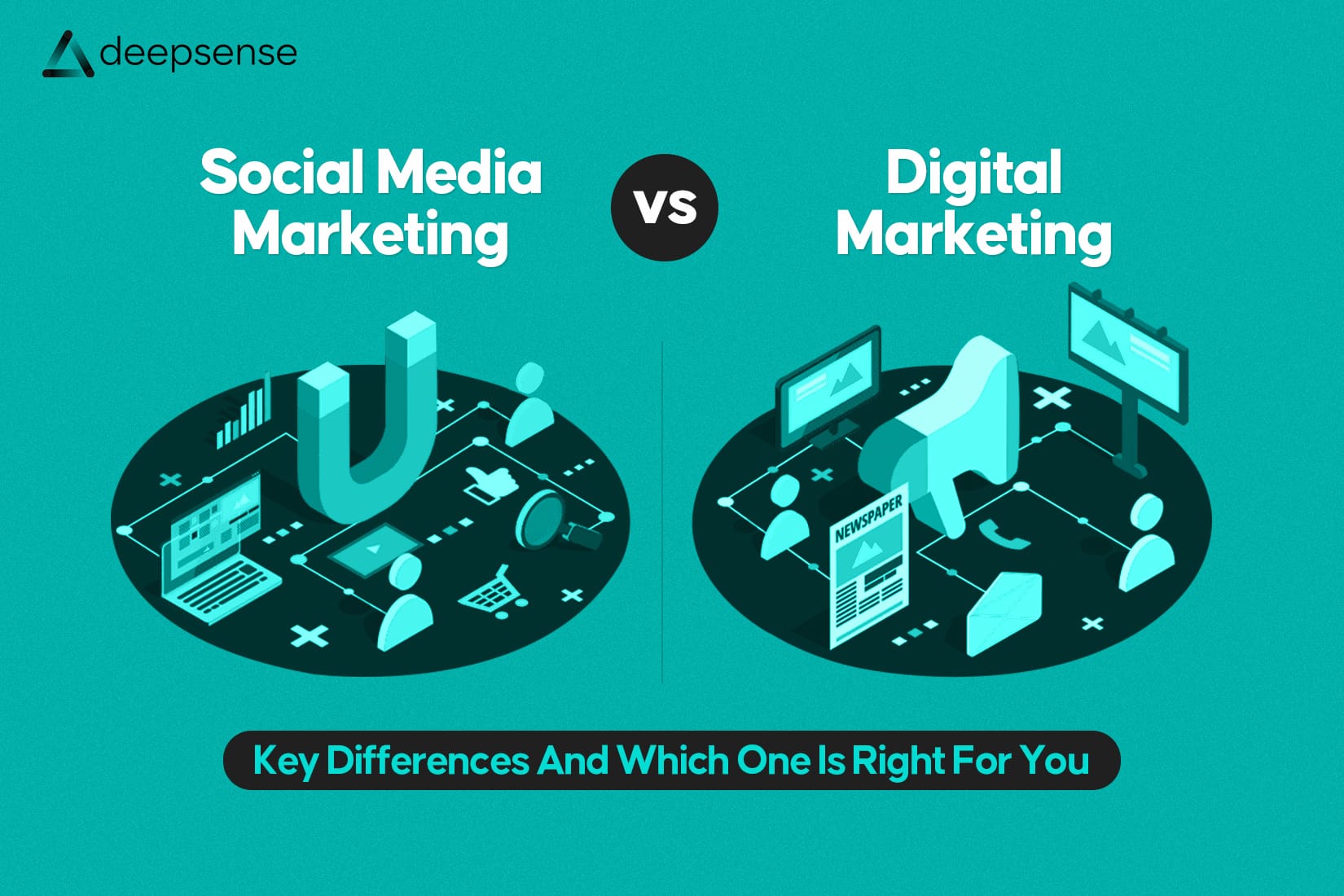Introduction: The Quick Delivery Race
Imagine this: you’ve just finished a heavy lunch, and all you crave is some ice cream. You could walk to the nearest store and wait 30 minutes or you could order online and have it at your doorstep in just 10 minutes, without even leaving the comfort of your home. Most of us would pick the faster, hassle-free option and that’s exactly what’s driving India’s Quick Commerce (Q-commerce) revolution.
Q-commerce is all about speed, offering ultra-fast delivery of essentials, groceries, and even indulgences like desserts, often within minutes rather than hours. Urban customers increasingly expect this “instant gratification,” and businesses are racing to meet that demand. This instant delivery service is now an expectation for urban customers. It’s also a massive business. This market is expected to grow to a huge $25-$55 billion by 2030.
Now, Amazon India the E-commerce giant is entering this fast race with its new project, ‘Tez’. This is not a small experiment. It is a critical move for Amazon. The company must compete with rivals like Zepto and Blinkit. If it doesn’t offer instant delivery, it risks losing valuable urban customers. The big challenge is clear: Can Amazon’s massive system become fast enough? The main goal is to finally figure out how to make super-fast delivery actually profitable.
1. The Power Play: Why Being Late is Smart for Amazon
Many people questioned why Amazon waited so long. Rivals already handle most of the quick delivery orders (Blinkit has about 45% market share, Zepto has about 30%). But for Amazon, coming late was a strategy.
- Learning from Mistakes: Amazon watched its competitors spend huge amounts of money and make errors. Now, Tez can design its entire system perfectly. It can place its ‘dark stores’ (local warehouses) better. It can create more efficient delivery routes. Amazon gets to build the system for the future, not fix old problems.
- The Prime Advantage: Amazon already has millions of loyal Prime members in India. For these customers, Tez is just a faster feature added to a service they already pay for. This immediately cuts the huge Customer Acquisition Cost (CAC), the money spent to get a new customer. Tez aims to make Prime the only membership customers need for all their delivery needs.
- Logistical Fusion: Amazon is using all its current resources. It’s combining its large warehouses, its partnership with More Retail stores, and new local dark stores. This strategy is called a hybrid fulfillment model. It spreads out the huge upfront building cost (CapEx). This changes the competition from a race of speed to a war of smart, efficient inventory management.
2. The Profit Puzzle: Solving the Small Order, High Cost Problem
The key difficulty for all quick delivery companies is simple: The cost of the fast delivery trip is very high. But the size of the customer order is very small. Tez must solve this puzzle.
- Financial Backup: Tez can rely on Amazon’s huge global bank account. Amazon can cover short-term losses in Tez using profits from its bigger businesses, like its core e-commerce platform and its cloud services (AWS). Rivals rely mainly on external investor funding.
- The Advertising Money: Quick delivery apps are now selling ad space. Amazon has a huge seller network and smart ad technology. Tez will make extra money by charging sellers for product placement and ads inside the app. This extra money will help pay for the delivery riders. This strategy can turn a delivery loss into a profitable trip.
3. The Unspoken Cost: Pressure on the Delivery Riders
We must look at the human side of fast delivery. The promise of 10 minutes puts extreme pressure on the riders.
- Safety vs. Speed: Companies push riders to complete many deliveries in an hour. But this speed, especially in busy Indian cities, raises serious questions about rider safety and well-being. Amazon’s size means it must set a better standard. It needs to avoid problems with regulators and bad publicity.
- Better Planning: Tez, as a late player, can plan its operations better. It can build contracts and systems that are ready for future government rules about rider pay, working hours, and benefits. This smart planning gives them a silent, but strong, advantage over older rivals.
Conclusion: Tez Sets the New Standard
Amazon Tez is not just competing. It is changing the rules of the quick commerce market. The fight is no longer just about who is fastest. It is a competition based on smart money management, superior delivery planning, and strong customer loyalty.
For customers, this intense competition means better service and lower prices. For the quick commerce industry, Amazon Tez sets a tough new standard. Now, rivals must look beyond simple order volume and focus on finding a way to make their quick delivery model profitable for the long term.
FAQs
Q1: How well is Amazon Tez doing?
Amazon now was first launched in Bangalore and Delhi and following strong customer demand, the 10 minute service has expanded to Mumbai, to support this service, the company has opened more than 100 micro-fulfilment centres across the three cities, with plans to add hundreds more by year-end as order volumes continue to grow at 25% month-on-month.
Q2: Where is Amazon Tez available right now?
Right now, it is focused on the most populated areas so it has been launched in major metropolitan cities. The Amazon Now 10-minute delivery service is available in Bangalore, Mumbai and Delhi.
Q3: When was Amazon Tez launched?
Amazon Tez was launched in December 2024 in India. The service was initially planned for an early 2025 launch, but Amazon accelerated the timeline.
Q4: How will Amazon Tez compete against Blinkit?
Tez can compete against Blinkit with its financial muscle and customer loyalty. Its advantage is using its massive Prime member base to instantly cut customer costs, forcing Blinkit to defend its market share with expensive discounts.
Related Blogs:
Why Zepto Is Removing All Fees – The Real Strategy Behind ₹99 Orders
How to List Products on Blinkit: Step-by-Step Guide for Sellers
Zepto vs. Blinkit: Which Is Better for Selling Your Products as a Business Owner?











